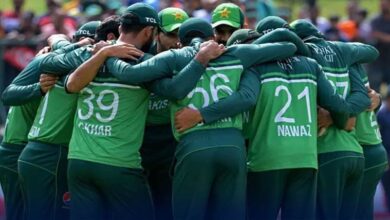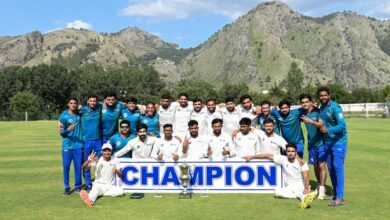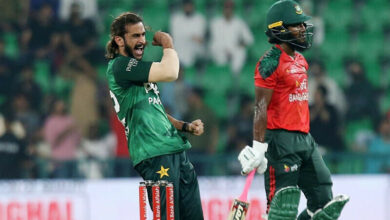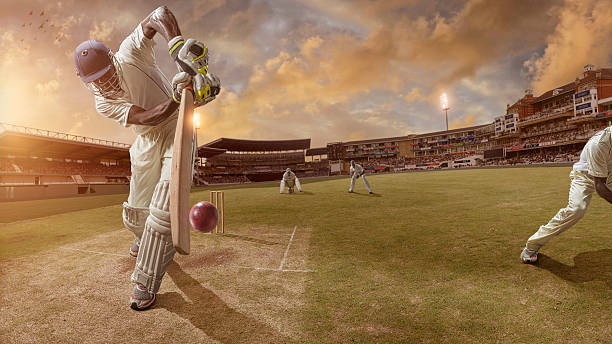The changing landscape of women’s cricket
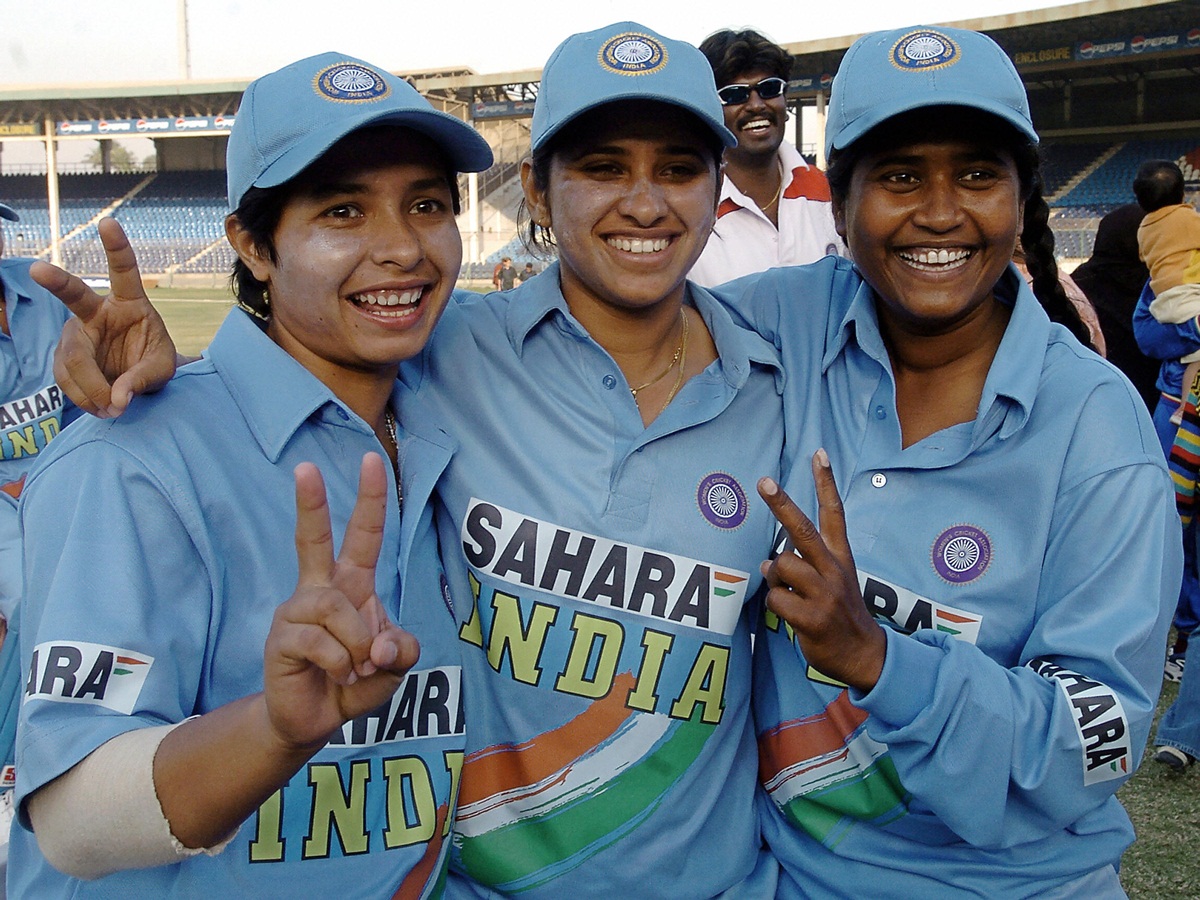

The growth of women’s cricket is a continuing story and the route to the sell-out crowds and global superstars we see now is winding.
But the ICC Women’s Cricket World Cup has so often been a turning point for the women’s game – just ask New Zealand, Pakistan and India.
At three different tournaments, these countries experienced moments that created momentum, advanced change and ultimately led us to where we are now.
For Urooj Mumtaz and Pakistan, the 2009 World Cup in Australia kickstarted a revolution in women’s cricket.
Urooj captained her side as they made their first appearance at an ICC Women’s Cricket World Cup for 12 years, leading them to their first-ever win over Sri Lanka.
That was enough to see them through to the Super Six, where victory over the West Indies garnered national attention back home.
“When we managed to beat the West Indies, that’s when the news started flowing because at that time it wasn’t on TV and there was no social media,” she recalled.
“It was on mainstream news, so when we landed at the airport, there were a few hundred people out there with flowers and drums and obviously family and friends. There was sort of a party around the airport.
“There were multiple TV interviews lined up, mornings shows would want us on TV, so I really thought that was when women’s cricket took off from there.
“It was just the awareness of it, people knowing that women’s cricket does exist and there is a team. It just felt like the start of good things to happen.
“Suddenly the word was out that there’s a women’s team and it has just done really well at the World Cup.”
Urooj’s cricketing journey started at the Karachi Gymkhana Club aged seven, where she progressed through the age groups to captain the under-17 boys’ side – throughout her junior days, she was the only girl.
Since then, she has led an all-female selection panel for the women’s national team and made history as the first Pakistani woman to commentate on a men’s ODI.
Four years earlier, India opener Jaya Sharma was enjoying a similar experience as the ICC Women’s Cricket World Cup 2005 took place in South Africa.
India reached their first final before finishing runners-up to Australia, with the Women in Blue trying something new in the build-up to the tournament.
Sharma, who knows works in mind conditioning in sport, said: “That [the 2005 World Cup] was something we all as a whole squad can’t forget because that was, I think, a turning point in women’s cricket in India.
“Most importantly, because there were not many resources, there was not the infrastructure that is present now. We had a bunch of 30 players, and we were preparing for this World Cup for two years.
“The main focus was on the fitness part, which wasn’t always the case, and I think it helped us to understand our fitness levels.
“We went up to a very great level in terms of fitness and we started performing well, and I think the best thing that happened to that team is we clicked as a unit.
“When we beat New Zealand in the semi-finals, people started to take notice that something was happening because they were the defending champions. People started to realise that the Indian women’s cricket team is doing something.”
For New Zealand, it was not about making people aware of the team. As the hosts of the tournament in 2000, they knew that eyes would be on them – it was about proving them wrong.
Someone pivotal to that was wicketkeeper Rebecca Rolls, a dual international in football, who took the final catch to defeat Australia by just four runs and earn New Zealand their first, and so far only, World Cup.
Rolls remembered: “In terms of the New Zealand public, I guess that they probably go too easy on us generally.
“There probably was an expectation that we will get tipped over in the final against Australia and that Australia would win because they’d beaten us in the first round and maybe we had done pretty well to get to the final.
“From the semi-finals onwards it was televised, which was a first in New Zealand. Before that, I don’t think we had any other games televised apart from a couple of clips on the news if a cameraman came along.”
Rolls hung up her cricketing gloves in 2007 before making a return to goalkeeping in football, since when she has watched with affection the growth of the women’s game around the world.
“The game has marched on, particularly in the last five or 10 years, which has been amazing to see,” she said. “Finally it has been invested in and valued for the product that it is.
“No one is comparing it to the men’s game and looking at excuses as to why it shouldn’t be on the same stage.
“Then, on the other hand, cricket itself doesn’t change a whole lot. It sounds weird because the format changes we’ve had but there’s still a lot of the thought process that we had 20-odd years ago, and a lot of the strategy and mental toughness
“The window dressing has changed and that’s great because now people are really getting into it. It warms my heart.”

